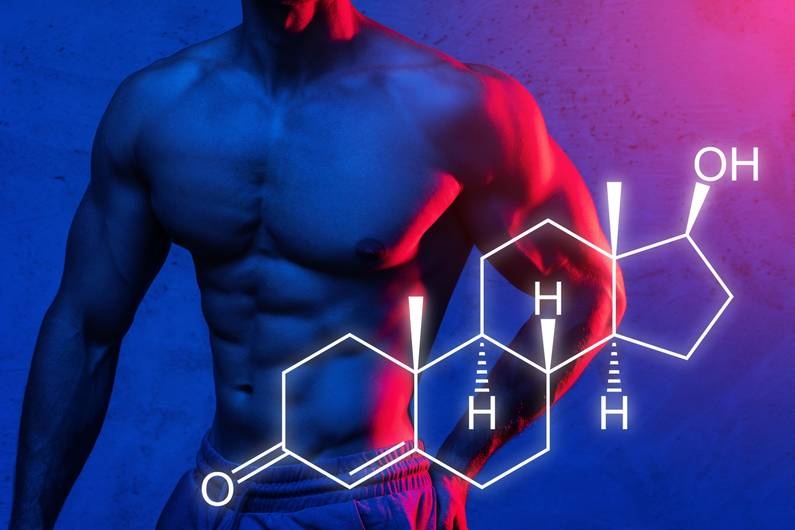Daily adjustments: No muscle growth despite strength training and protein supplementation? Experts identify 5 causes.

Testosterone and DHEA are key drivers of muscle protein synthesis. If their availability decreases, even good training is ineffective. The reasons for this are varied and range from increasing age to sleep deprivation, stress, and malnutrition. Possible signs include declining training performance, lower libido, or slower recovery.
2. Elevated stress hormones – when cortisol devours the budgetChronic stress directs the common precursor substrates of sex hormones towards cortisol. This results in a more catabolic metabolic state, impaired regeneration, and increased muscle protein breakdown after exercise. Irregular sleep, persistent social tension, and excessively restrictive diets also raise cortisol levels.
3. Insulin resistance: The nutrients are at the door, but cannot enter.Insulin is the "master key" for amino acids and glucose to enter muscle cells. In insulin resistance, this lock jams: This leads to reduced nutrient uptake, weaker mTOR activation, and impaired glycogen and protein synthesis.
Notes:
- Energy slumps after meals
- Increased fasting hunger
- Waist circumference increases
This constant state of alarm ties up resources that are actually meant for repair and immune defense, instead of muscle building. Triggers can include intestinal inflammation, food intolerances, oxidative stress, and psychological strain. The condition is subtly noticeable through frequent infections, joint pain, and brain fog.
5. Endocrine disruptors – the disguised saboteursPlasticizers, PFAS, certain solvents, and microplastics can have hormonal effects, mimicking or blocking signals and thus dampening anabolic processes. According to the Endocrine Society, such substances disrupt the hormonal system and can affect cholesterol, the thyroid gland, the liver, and fertility, among other things. PFAS enter the body through water, packaging, and textiles.
fitforfun




